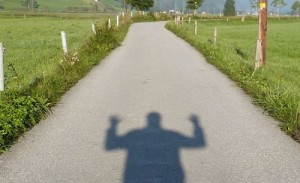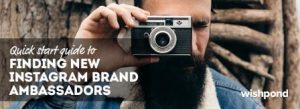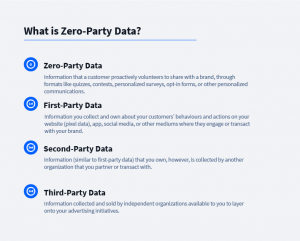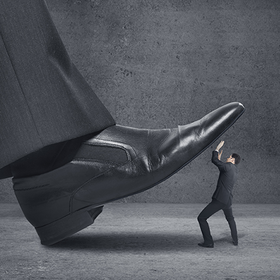 When it comes to content marketing, you can’t under-emphasize the importance of visuals.
When it comes to content marketing, you can’t under-emphasize the importance of visuals.
Consider the following, powerful statistics on blog graphics and other visuals:
- 63 percent of social media content consists of visuals.
- Marketers who use visuals have better blog traffic, social media engagement and conversion rates.
- 40 percent of people respond better to pictures or videos than plain text.
We even included more visuals in our own blog redesign earlier this year. It reduced the page bounce rate and exit rate.
Visuals engage people, and get them to stop and take notice like words can’t. If your blog graphics are currently mediocre or simply non-existent, taking a few minutes each day to optimize or add photos can improve your inbound marketing metrics.
In this blog, you’ll learn the criteria for high-quality blog graphics, and steps you can take to immediately optimize your pictures to grab reader’s attention and perform well when shared in social media. And, no, you don’t have to be a designer to create great blog graphics.
What Defines a Great Blog Graphic?
Including at least one image with every blog post is a best practice and a requirement for an engaging blog. Articles with “compelling images” have 94 percent higher engagement rates than content without a picture or with a poor-quality stock photo. But just what is it about pictures that compels consumers? Here are some data-driven tips and findings on what people find most appealing:
- Pictures of people are more engaging than landscapes, animals or nature
- Pictures should be high quality, but not so high-res they compromise load time
- Displaying important information in infographic form is highly engaging
- Use multiple images for longer posts to maintain viewer engagement
Where Can I Find Royalty-Free Images?
What is a royalty-free image, you ask? Royalty-free images are those where the creator of that image gives you the right to use a the copyrighted image without a fee.
Stealing images isn’t just unethical; it’s illegal. Poor-quality stock photos can also detract from your site’s authority by appearing cheap or just irrelevant. Finally, failing to source images correctly can lead to costly lawsuits if your brand publishes a picture that isn’t free to use.
Don’t just do a Google image search to find the right image for your blog.
A few high-quality resources for royalty-free stock images can be found below. Please note, attribution requirements vary according to website or photographer stipulations. You’ll usually need to use a photo credit (like we do at the bottom of this blog post):
Should I Pay for Stock Images?
While royalty-free images are great for a new blog, it can be difficult to find that perfect image. Adding a few hundred dollars per year means you’ll be able to add high-quality stock images to your blog. If you can afford this option, we highly recommend it.
How Can I Easily Customize My Images?
Taking a few minutes to customize your blog images with text isn’t just a nice touch for your readers. It can actually improve your content’s performance on Twitter, Facebook and other visually-driven social media networks. You don’t need Adobe Photoshop or other advanced tools. We recommend the following free tools and apps, which are easy enough for even non-graphic designers to pick up and learn in a matter of minutes:
We created a simple blog graphic template in Canva and customize it with the blog title and a new image for each blog post. It takes about 5 minutes to create a new graphic, and doesn’t require a graphic designer’s touch. Anum Hussain (@anum) wrote a great post over at HubSpot’s blog about how to create top-notch visual content in Powerpoint you may want to check out, too.
There you have it, a crash course in creating good visual content for your business blog. What other tips can you share? Please let us know in the comments at the bottom of this page.
Digital & Social Articles on Business 2 Community
(105)
Report Post






